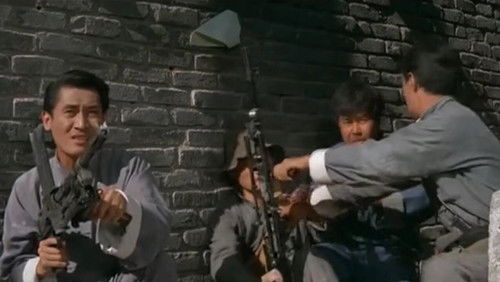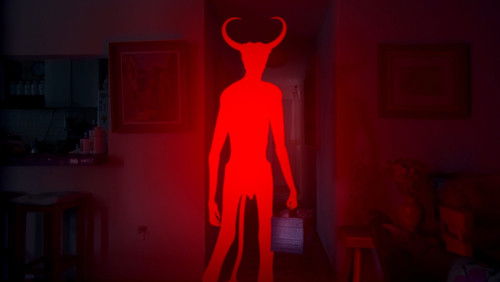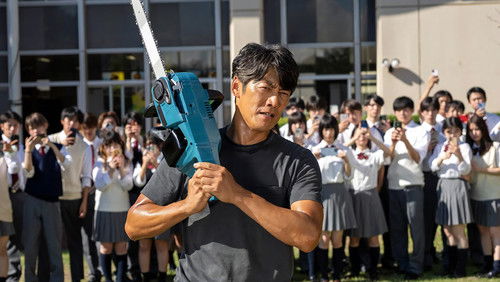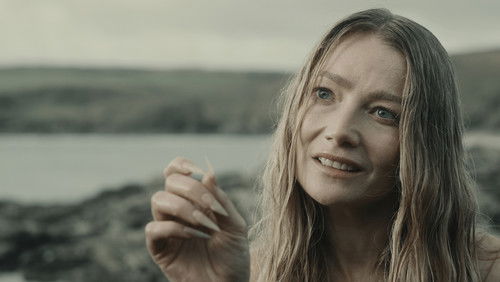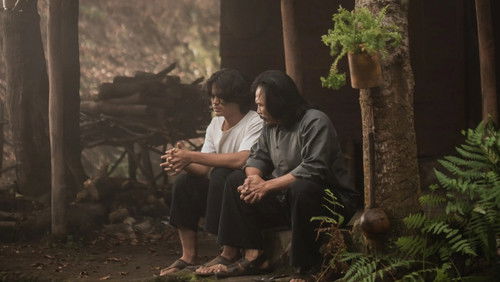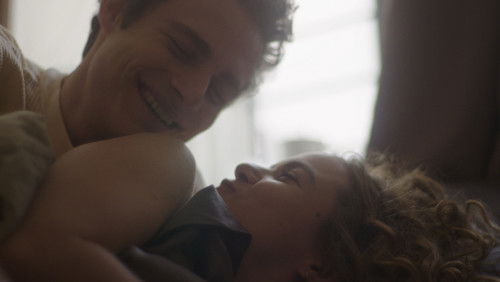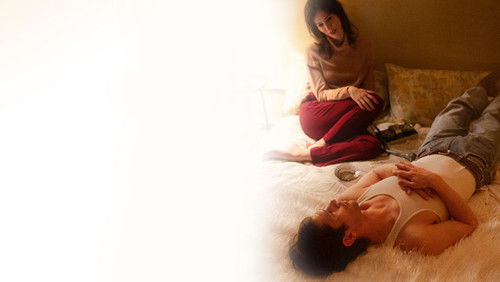The Man in Half Moon Street (1945)
22KThe Man in Half Moon Street (1945). 1h 32m | Approved
“I had previously twice watched Terence Fisheru0026#39;s color remake of this one, THE MAN WHO COULD CHEAT DEATH (1959) – made for Hammer Films – and, in fact, intend re-acquainting myself with it now for the sake of comparison with the original. Still, there is already little doubt in my mind that the later version is the superior adaptation of Barreu0026#39; Lyndonu0026#39;s original play, not that I know (or much care) which one is actually the more faithful to it! As soon as I saw the Paramount logo, I recalled the fact that this had been released on VHS in the U.S. as a u0026quot;Universal Horror Classicu0026quot; (since the latter studio actually owns the rights to the vast majority of the formeru0026#39;s library up to 1949!). Though their individual styles were very different, it is worth noting that Paramount did indeed turn out at least a couple of highly-regarded efforts during the genreu0026#39;s heyday, namely DR. JEKYLL AND MR. HYDE (1931) and ISLAND OF LOST SOULS (1933), to say nothing of such minor outings as MURDERS IN THE ZOO, SUPERNATURAL (both 1933) and THE MONSTER AND THE GIRL (1941).u003cbr/u003eu003cbr/u003eWith this in mind, I was quite looking forward to the film under review but, while it has undeniable surface polish, I was very disappointed by its relentlessly talky nature, which almost completely eschews the possibilities for horror found within its intriguing theme! The latter is actually rather similar to Oscar Wildeu0026#39;s u0026quot;The Picture Of Dorian Grayu0026quot;, filmed contemporaneously – and, even if in similarly highbrow fashion, far more successfully – at MGM. Anyway, here we have Nils Asther (curious casting since he had not played in an u0026#39;Au0026#39; picture or even a leading part in a decade!) as a scientist who has apparently stumbled upon the secret of eternal life. As a sideline, he has taken up painting – since his lovers cannot likewise reap the rewards of his Great Experiment until it has been perfected, he is considerate enough to do the next best thing and have them immortalized on canvas! This, however, almost brings about his downfall as he not only unwisely discloses intimate information at one of his exhibitions to an elderly lady he once knew (she assumes him to be merely a lookalike descendant!) but another patron seems to recognize the hand of an artist from his youth in Astheru0026#39;s latest painting (for which he is actually labeled a u0026quot;copycatu0026quot;)! u003cbr/u003eu003cbr/u003eIncidentally, given the brief time-span that the rejuvenation results in this type of fare usually remain effective for (say, in the Italian I VAMPIRI {1956} or the Mexican THE MARK OF DEATH {1961}), it is hard to believe that Asther here could retain his youthful (though he was in fact 47 when this was made!) appearance for 10 whole years! When the ageing symptoms begin to manifest themselves, he sends for an illustrious colleague (who, however, has lost his surgical abilities with the advancing years!) but, though they are shown as being of a comparable age in a photo from their student days, when Asther finally reverts to his true state at the end, he looks considerably older than his pal! Saving a young man from suicide, Asther discovers he is a medical student but rather than keep him to replace his old friend, he foolishly uses him as a donor (the rejuvenation being possible via a gland transplant) and soon dies. When he intends finding another u0026#39;guinea pigu0026#39;, his associate rebels and destroys a serum Asther used to take in order to control the ageing process, with the latter naturally killing the former for it! Leaving the country, ostensibly on a holiday, with his oblivious girlfriend in tow, Asther reverts to his real age during the train journey – though she swears to stick by him, the Police are after the colleagueu0026#39;s murderer and, fleeing the scene, he simply drops dead on the spot! u003cbr/u003eu003cbr/u003eAs I said, the film is definitely interesting for its sophisticated approach to genre (though the 16mm print I watched was severely lacking when it comes to contrast levels – so vital in creating atmosphere in a horror movie – with virtually nonexistent blacks and suffered from a couple of instances where the image wobbled!), but I could not help feeling that so much more ought to have been done with the material at the film-makersu0026#39; disposal; thankfully, the 1959 version (which, while not necessarily classic Horror is certainly vintage Hammer) rectified matters in this respect. Perhaps it is rather telling that, while THE MAN IN HALF MOON STREET was shot in 1943 and trade-screened in October 1944, it was only given a theatrical release in January 1945!; for the record, this was director Ralph Murphyu0026#39;s sole foray into Fantasy and the first of his films that I have seen but I do have 2 swashbucklers – THE LADY AND THE BANDIT (1951) and CAPTAIN PIRATE (1952) – patiently awaiting their turn in my unwatched pile.”
